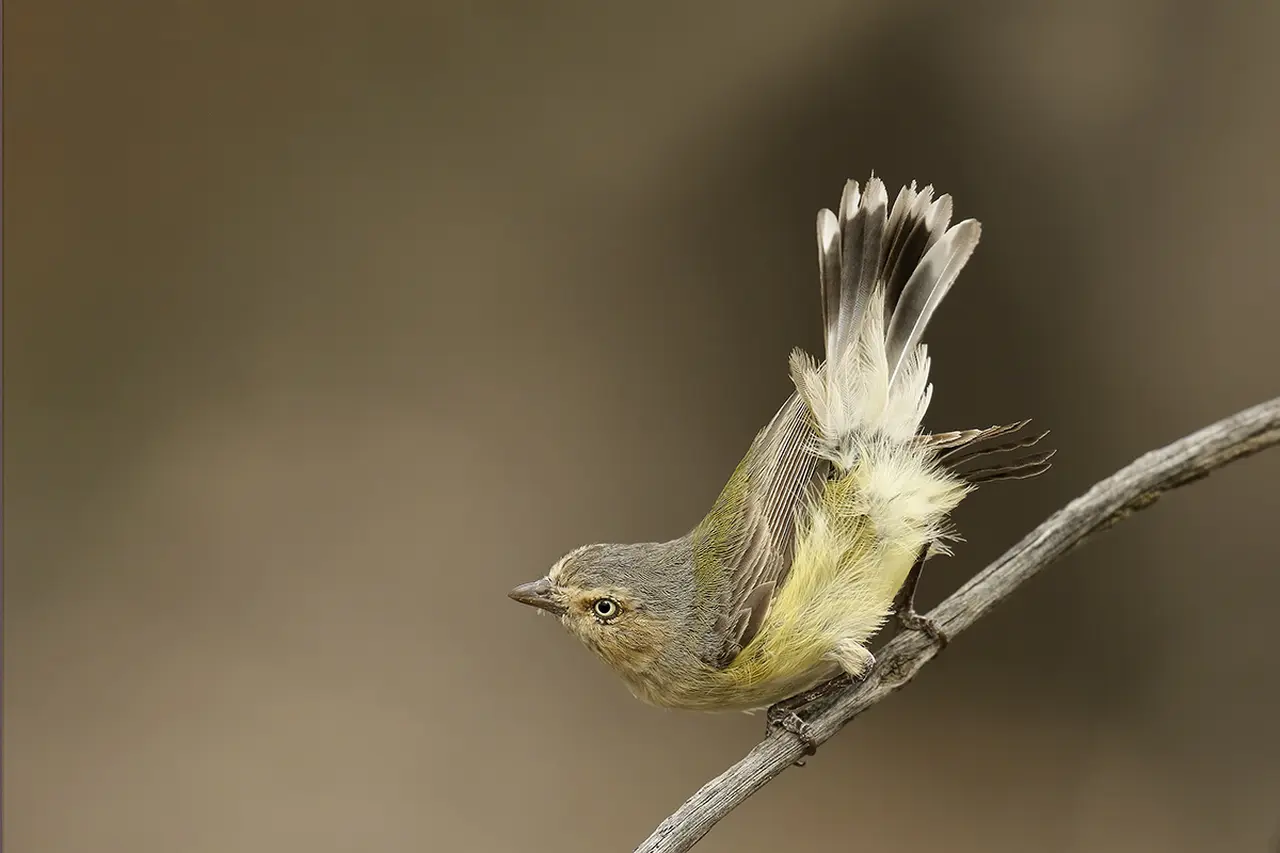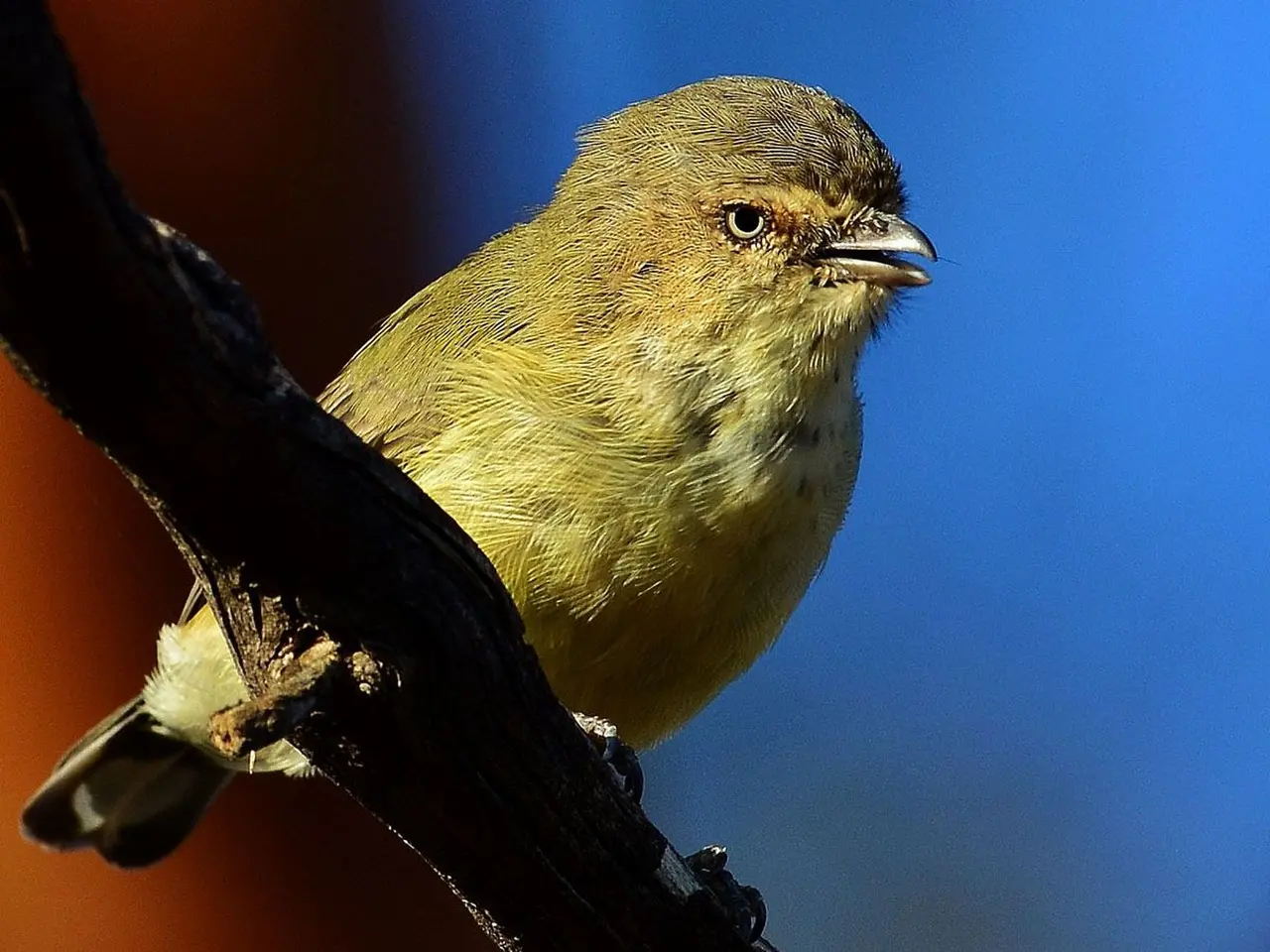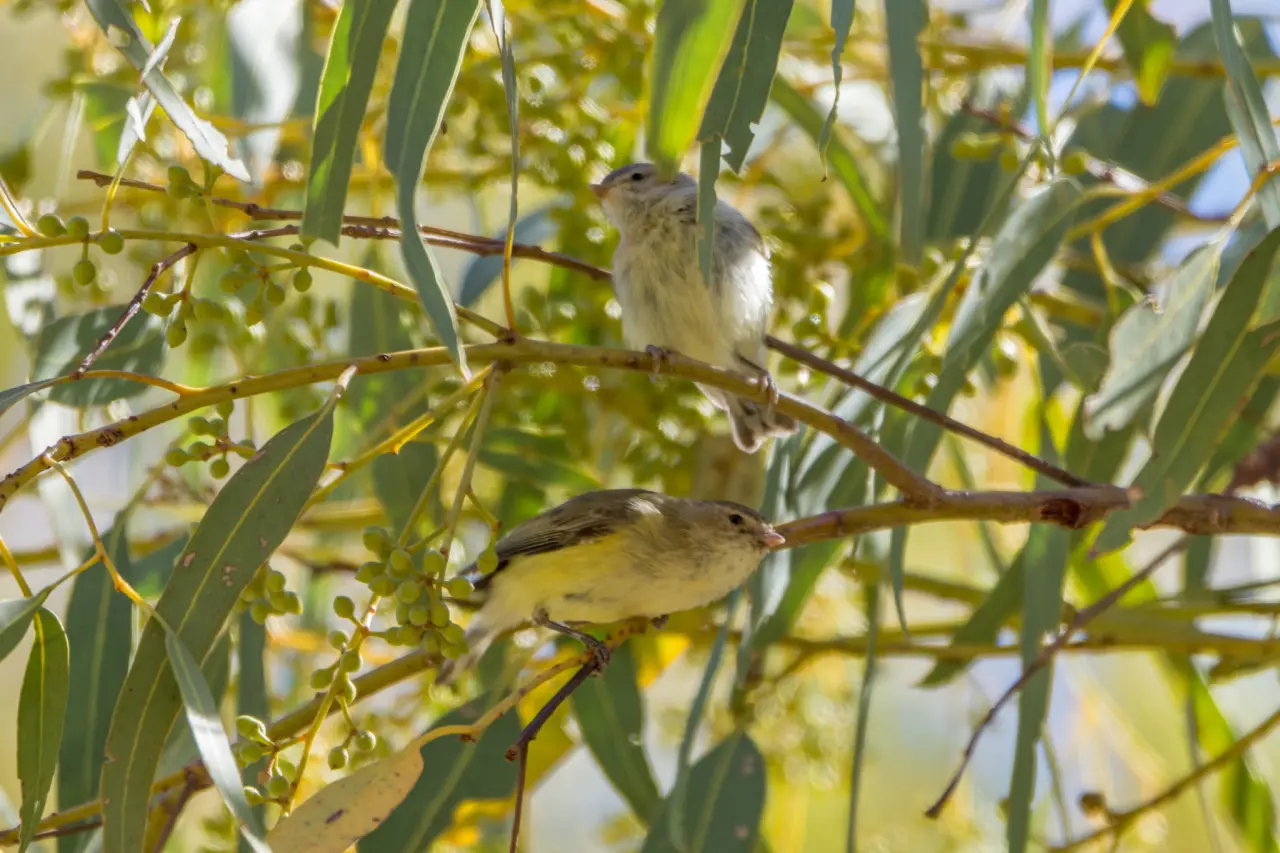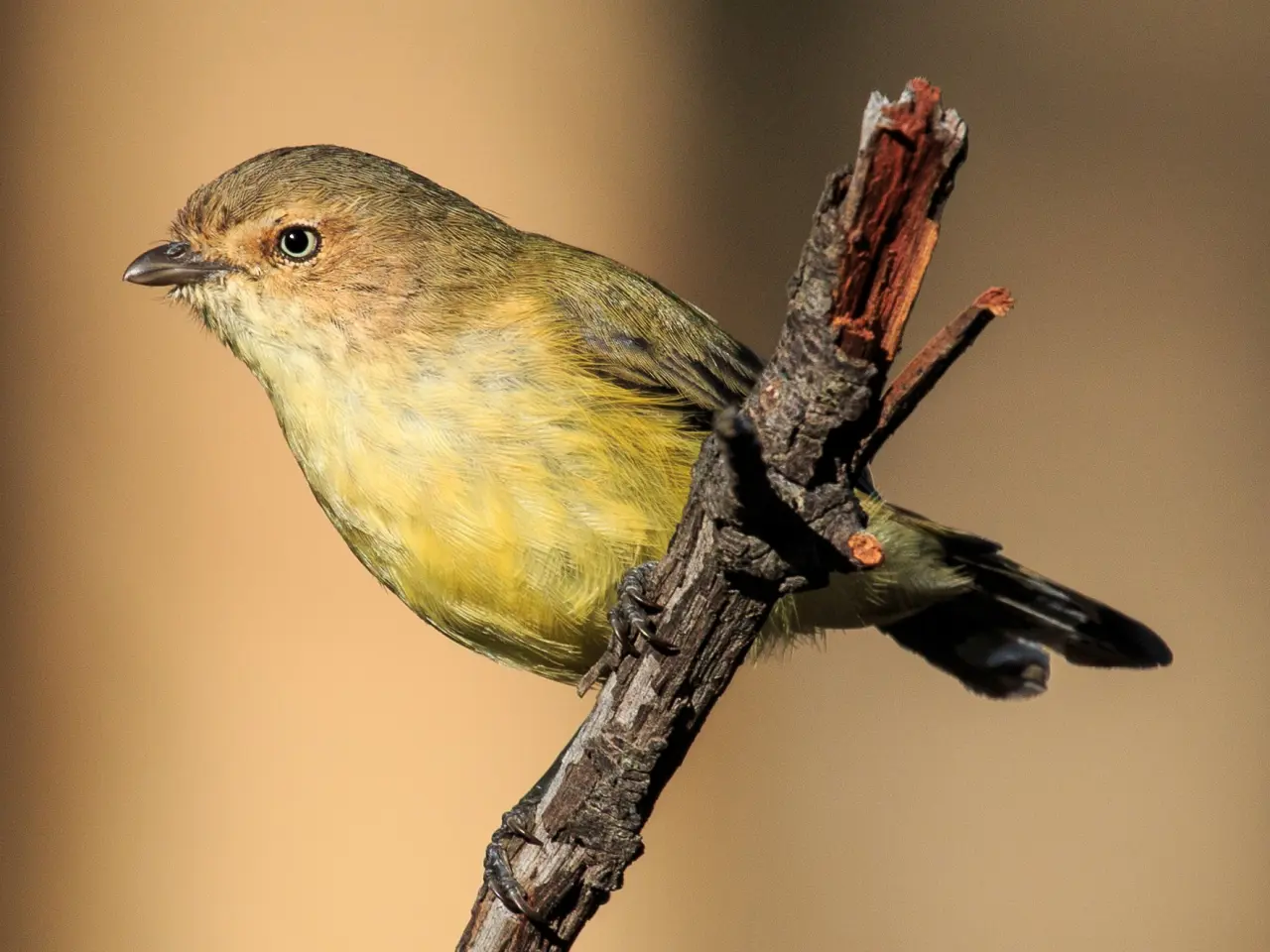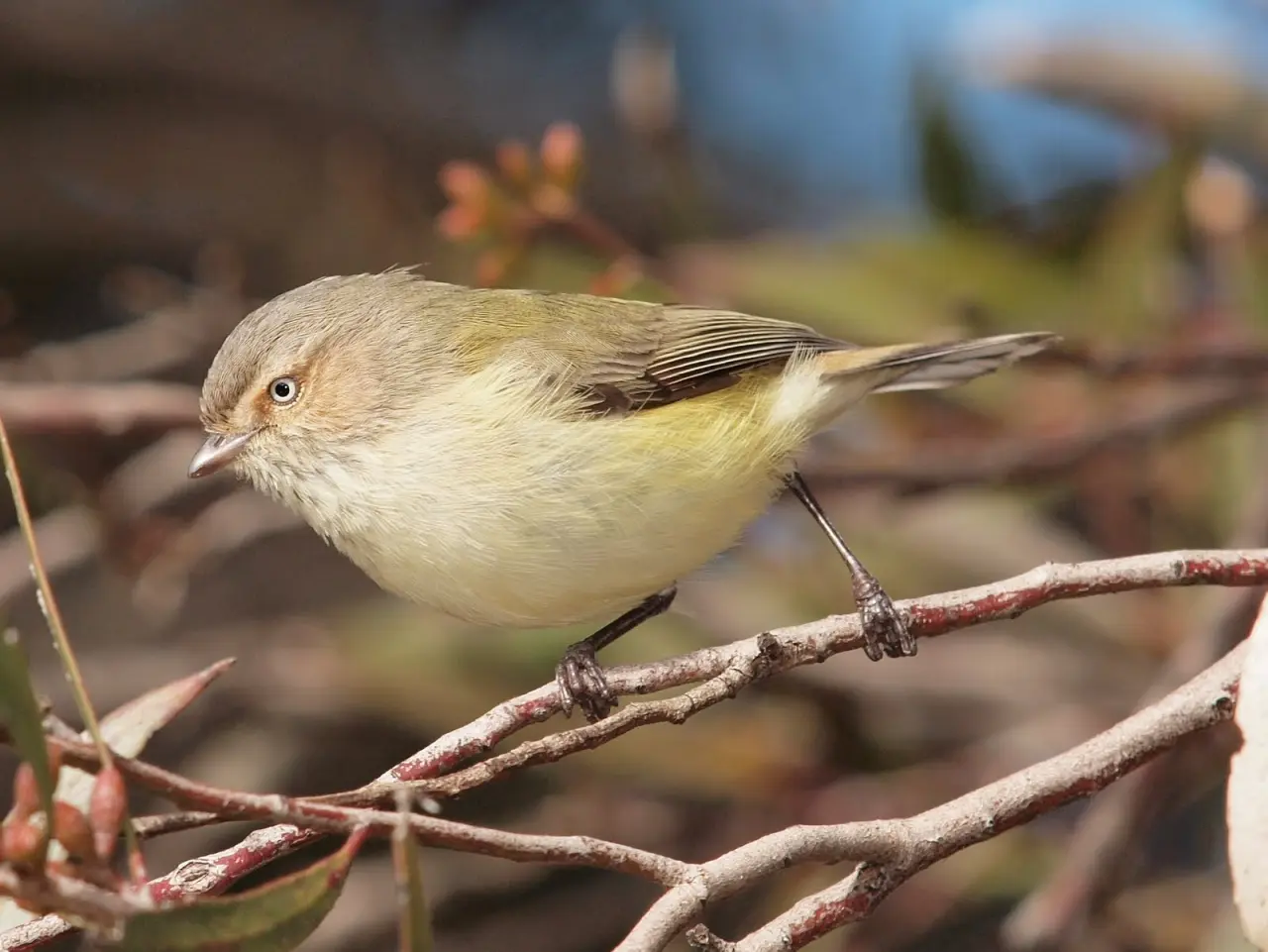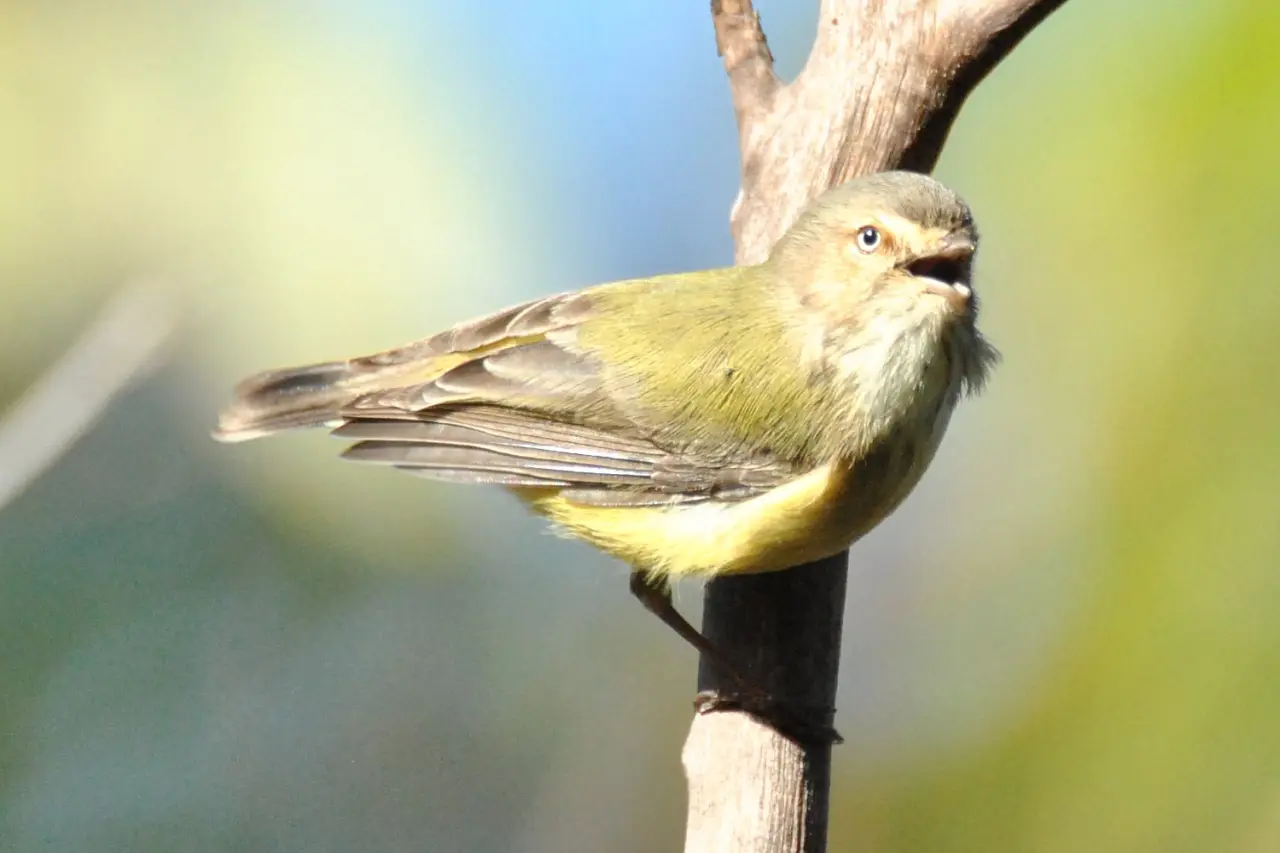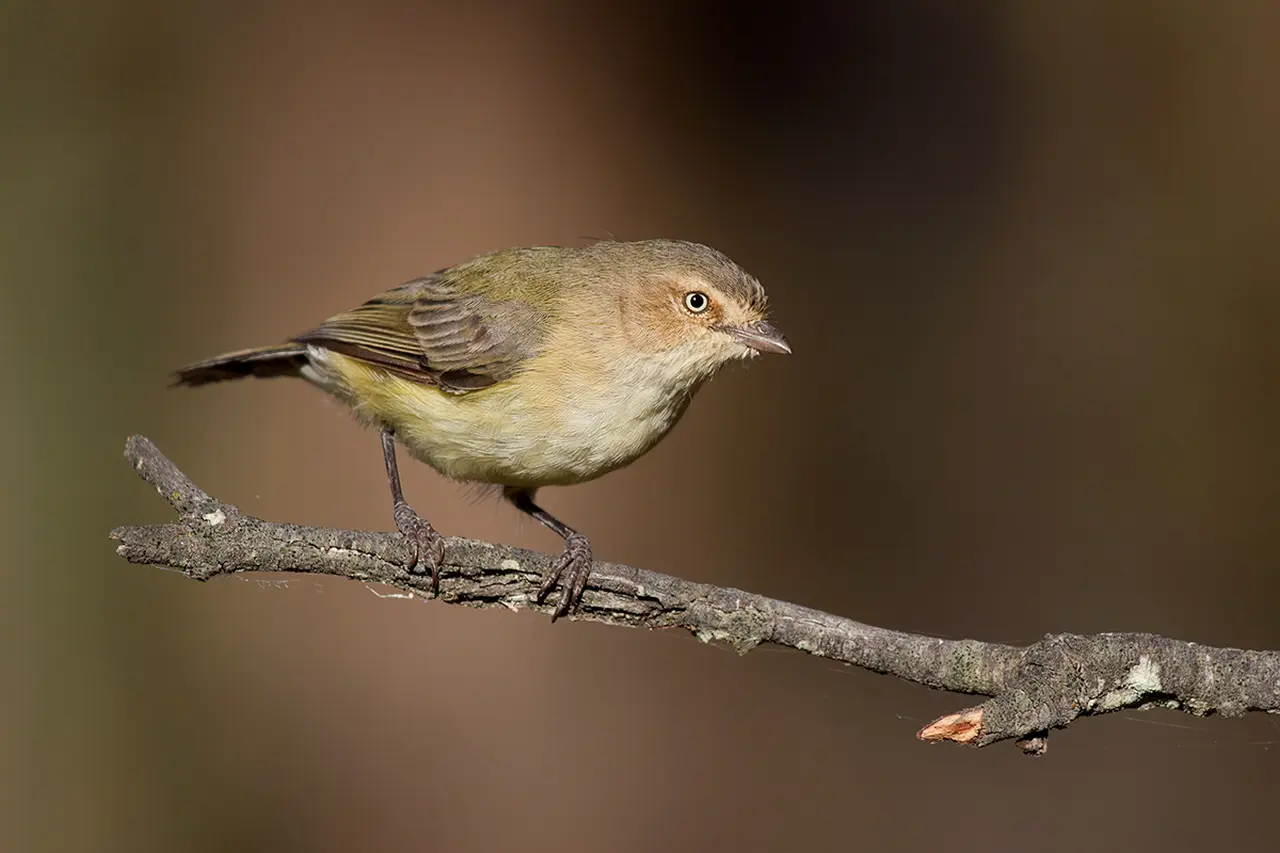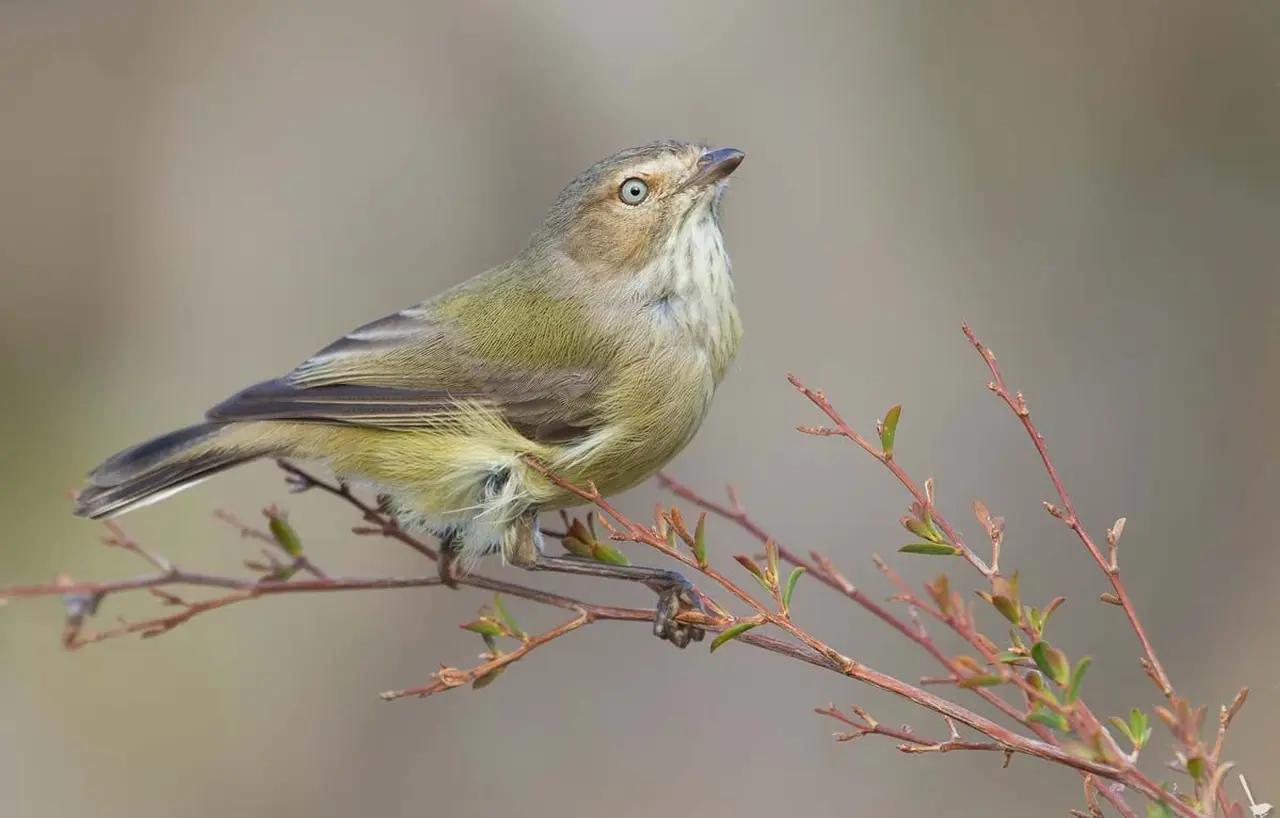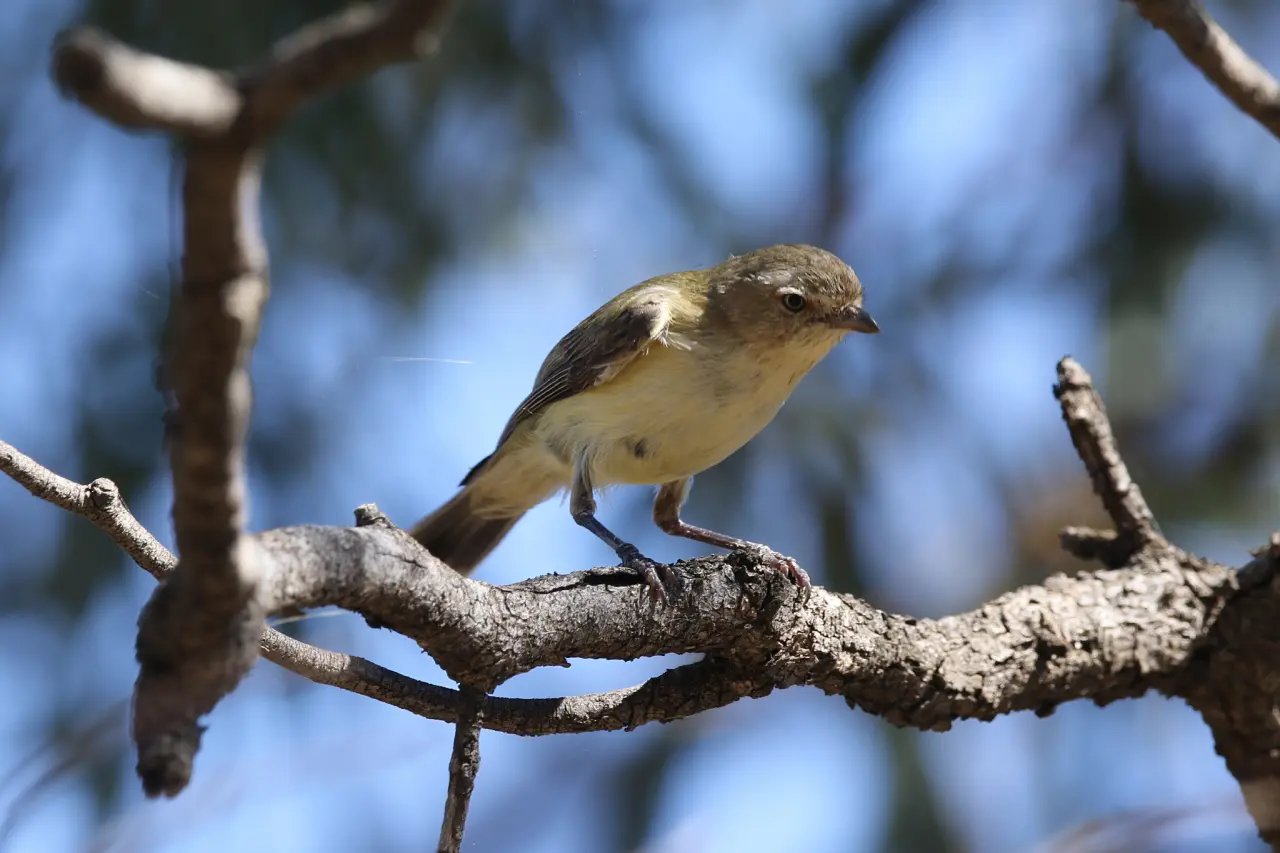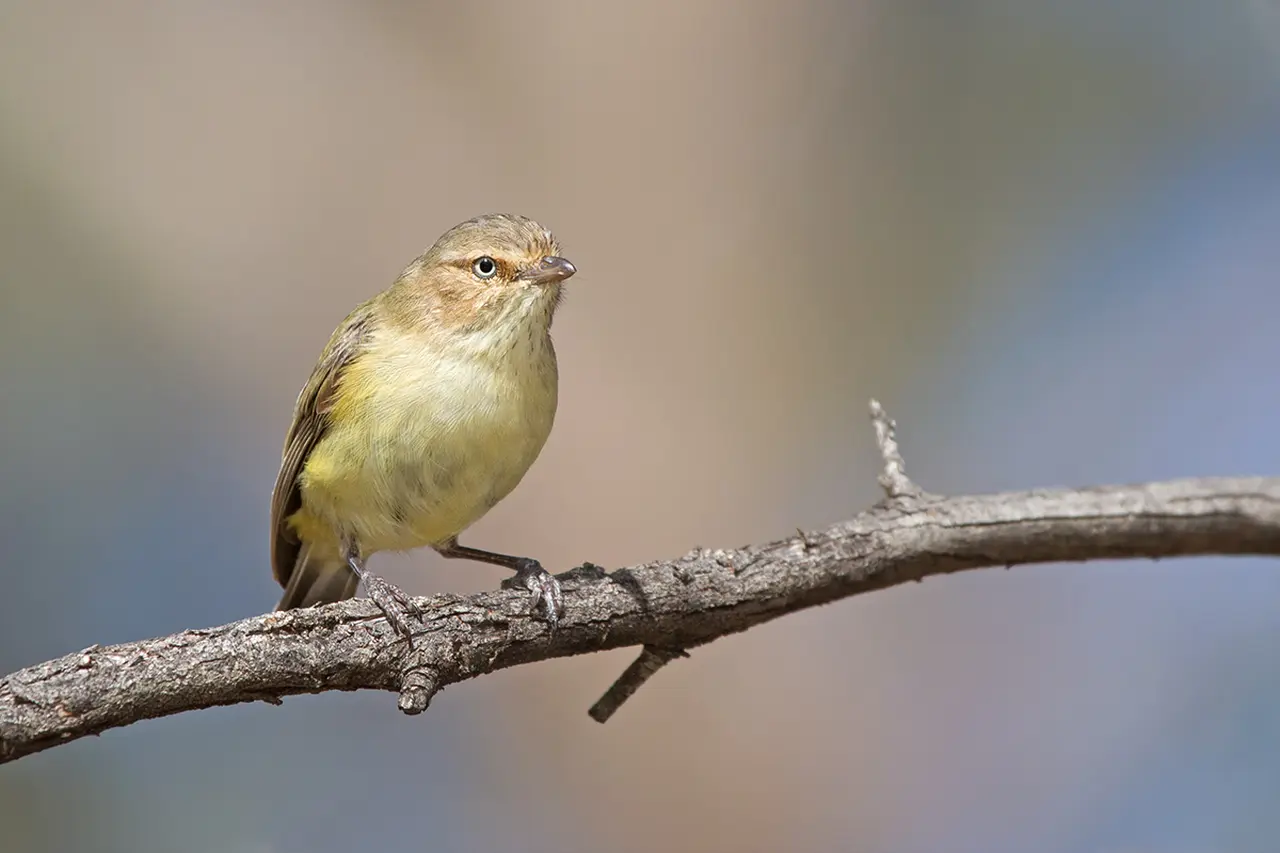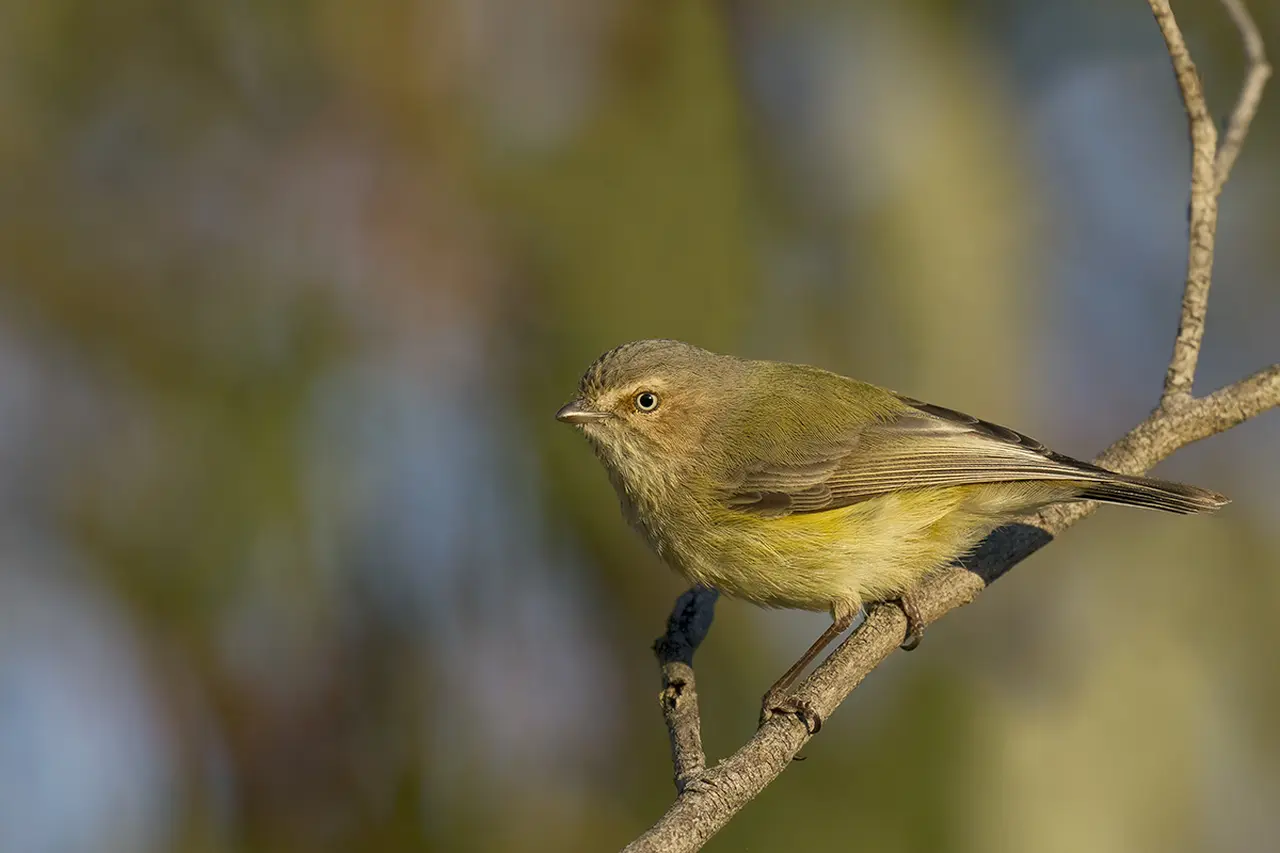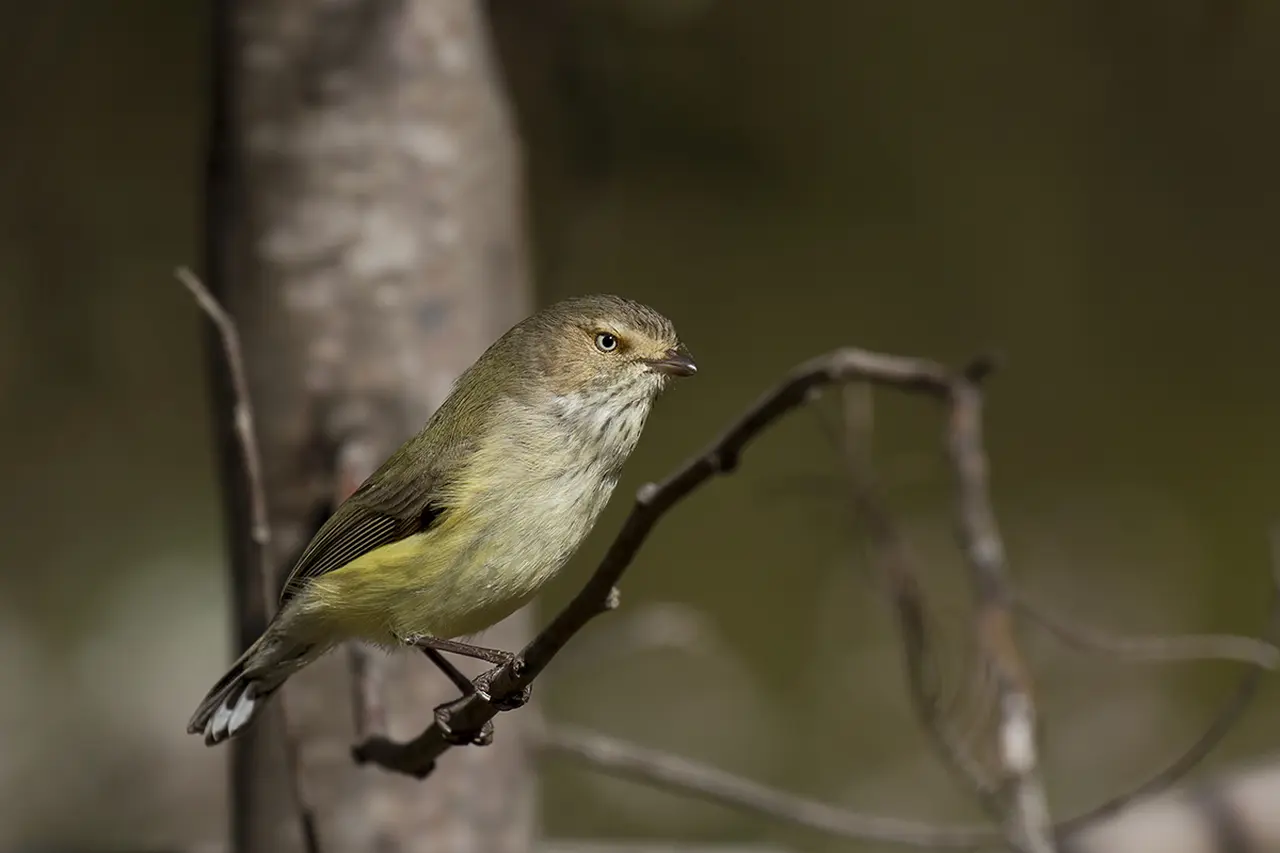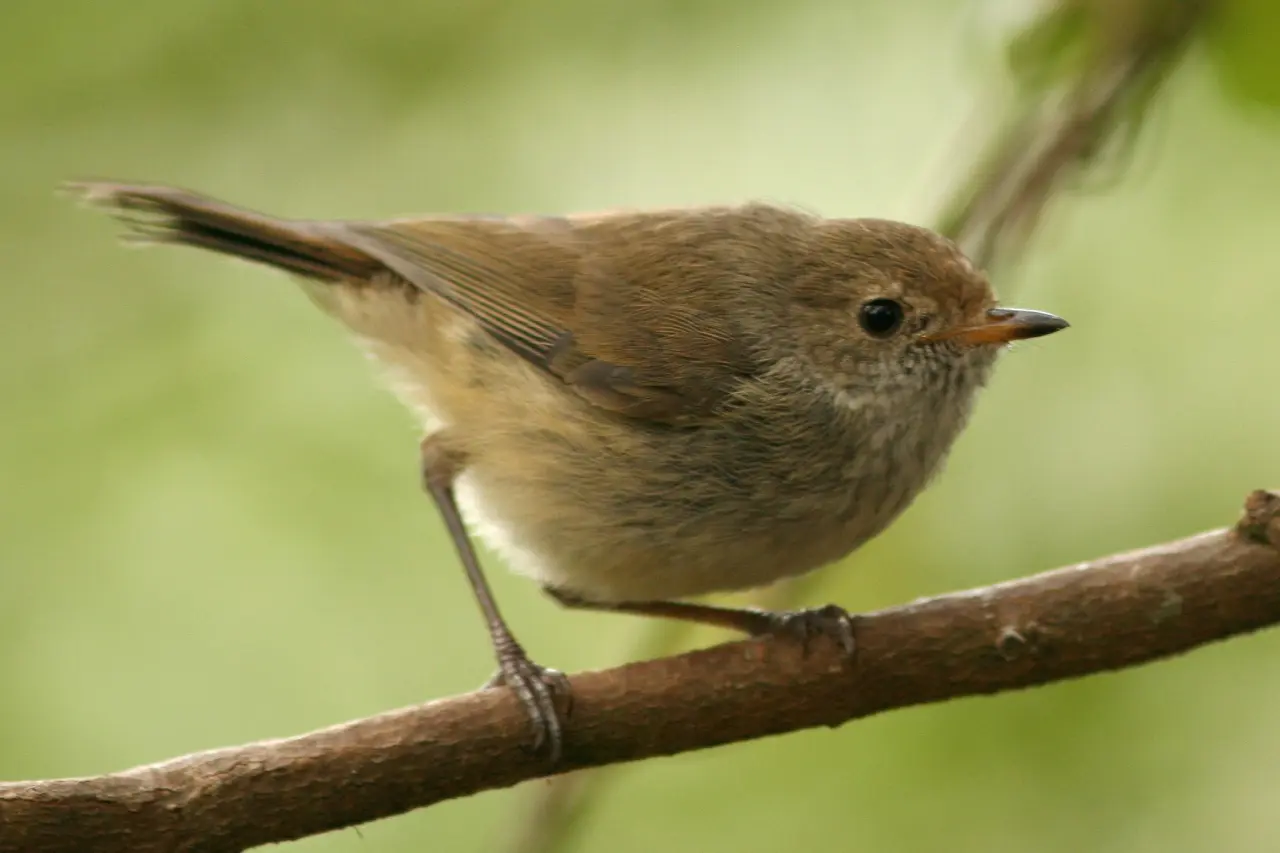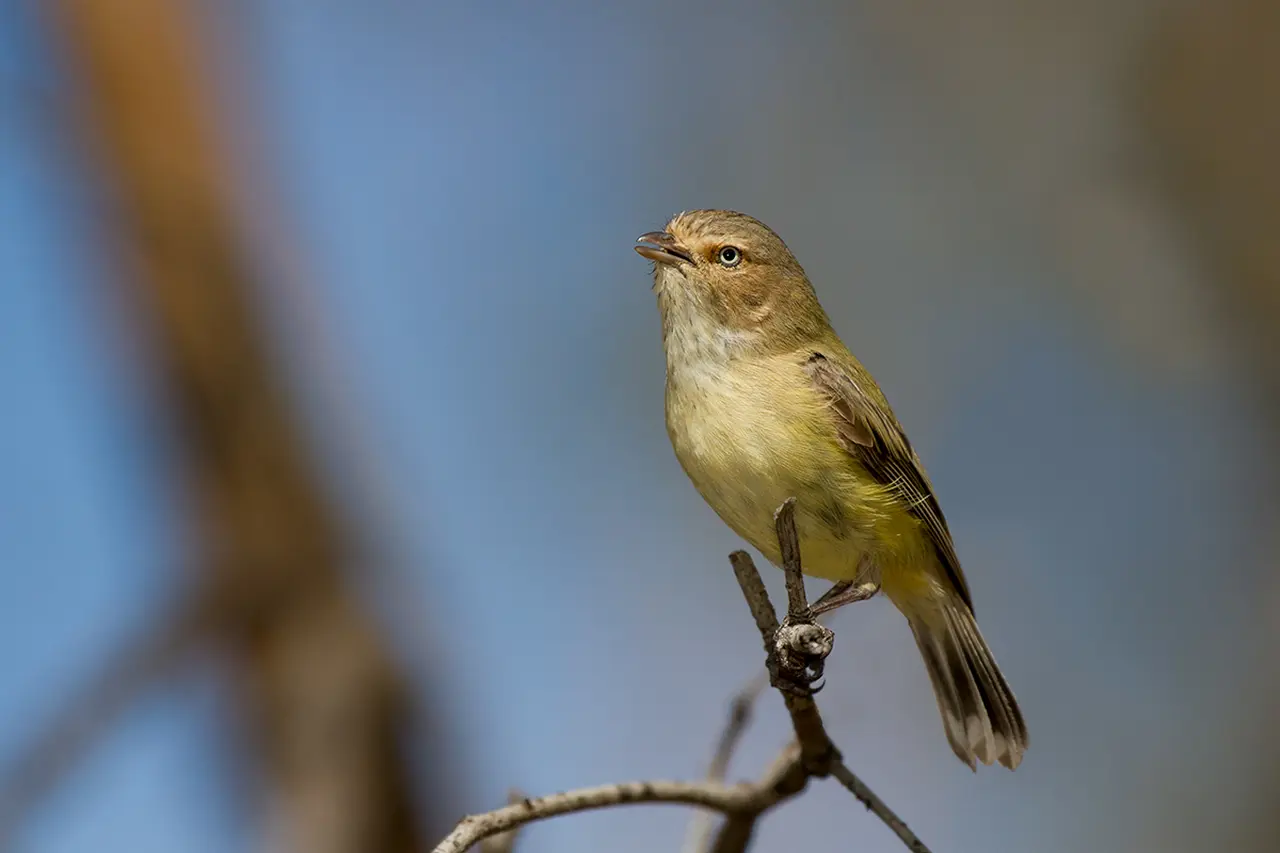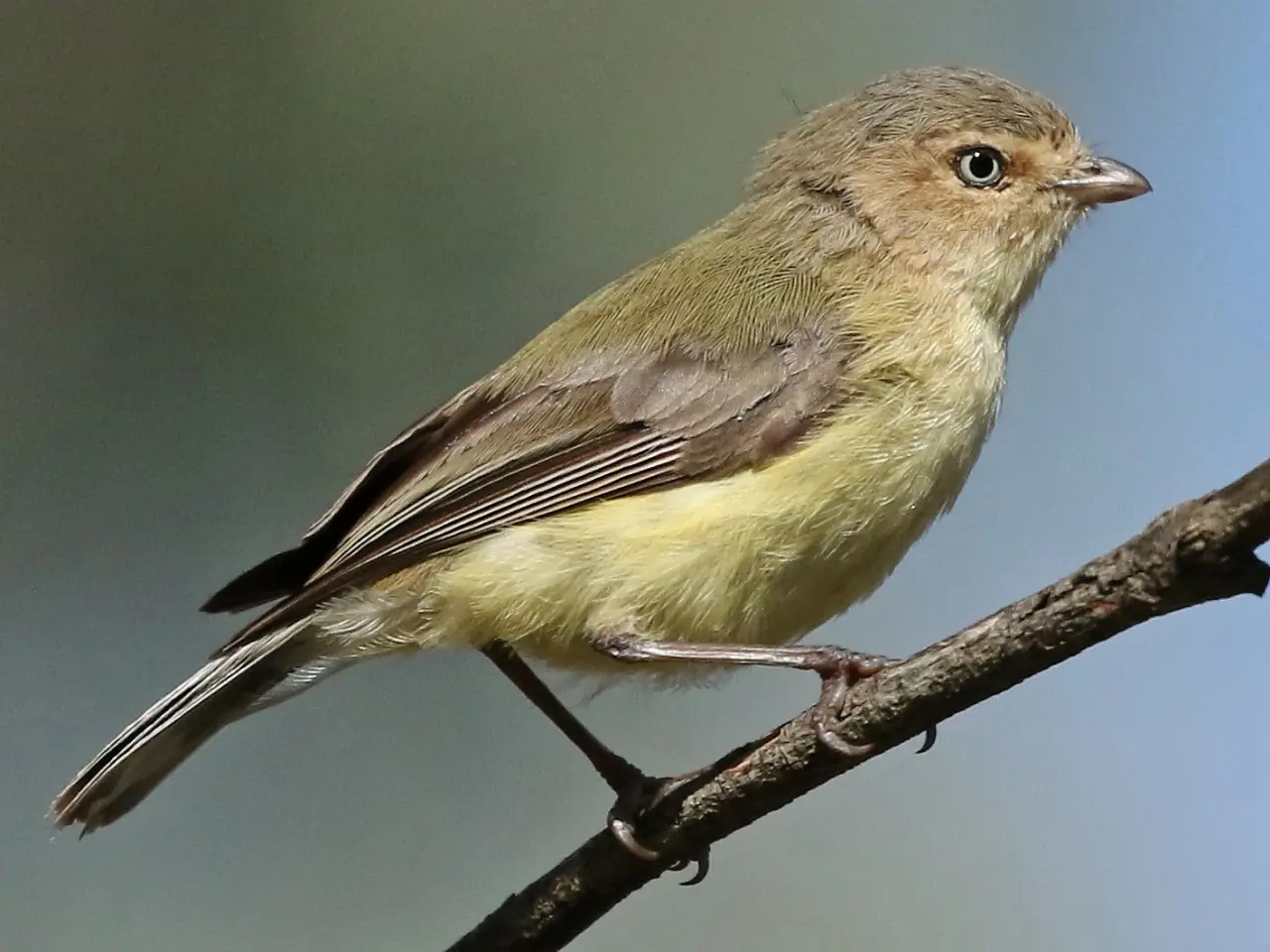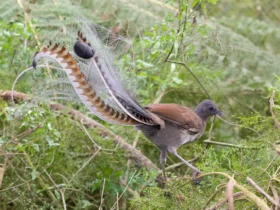Weebill (Smicrornis brevirostris), It is one of the smallest bird species in the world currently living in Australia.. Despite its small size, the Weebill’s captivating presence, intricate behaviors, and unique adaptations make it a fascinating subject for bird enthusiasts and researchers alike. In this article, we will delve into the enchanting world of the Weebill, exploring its distinct characteristics, habitat, behavior, and the vital role it plays in Australia’s diverse avian ecosystem.
Size and Appearance
Measuring a mere 3.9 inches (10 cm) in length, the Weebill is a compact and dainty bird. Its plumage is predominantly olive-green, providing excellent camouflage amidst the foliage of eucalyptus woodlands and scrublands. The Weebill’s short, hooked bill is perfectly adapted for its preferred diet, allowing it to extract insects and seeds with precision and efficiency.
Habitat and Range
The Weebill is endemic to Australia and can be found across most of the continent, from the tropical northern regions to the arid interior and the southern coastal areas. It is particularly abundant in open woodland habitats, including eucalypt forests, acacia scrublands, and riverine woodlands. These environments provide the Weebill with an abundant supply of insects, spiders, and seeds, which form the bulk of its diet.
Agile Foraging Techniques
With its swift and acrobatic movements, the Weebill is a master forager. It skillfully navigates the branches, probing bark crevices and leaf clusters in search of hidden insects and spiders. This species is known for its ability to hang upside down and glean prey from the undersides of leaves—a behavior that showcases its agility and adaptability in obtaining food resources.
Social Structure and Nesting
Weebills are social birds, typically found in small family groups or mixed-species flocks. These flocks often consist of other small woodland birds, with the Weebill being an active participant in the group dynamics. When it comes to nesting, the Weebill constructs intricate, cup-shaped nests using spider silk, grass, and other plant materials. These nests are often built high in the canopy, offering protection from ground-dwelling predators.
Melodic Calls and Vocalizations
While the Weebill may be small in size, its voice carries a melodic tune. Its vocal repertoire includes a variety of high-pitched calls and trills, often delivered in rapid succession. These vocalizations serve as important communication tools for maintaining contact with flock members and establishing territory boundaries.
Weebill images
